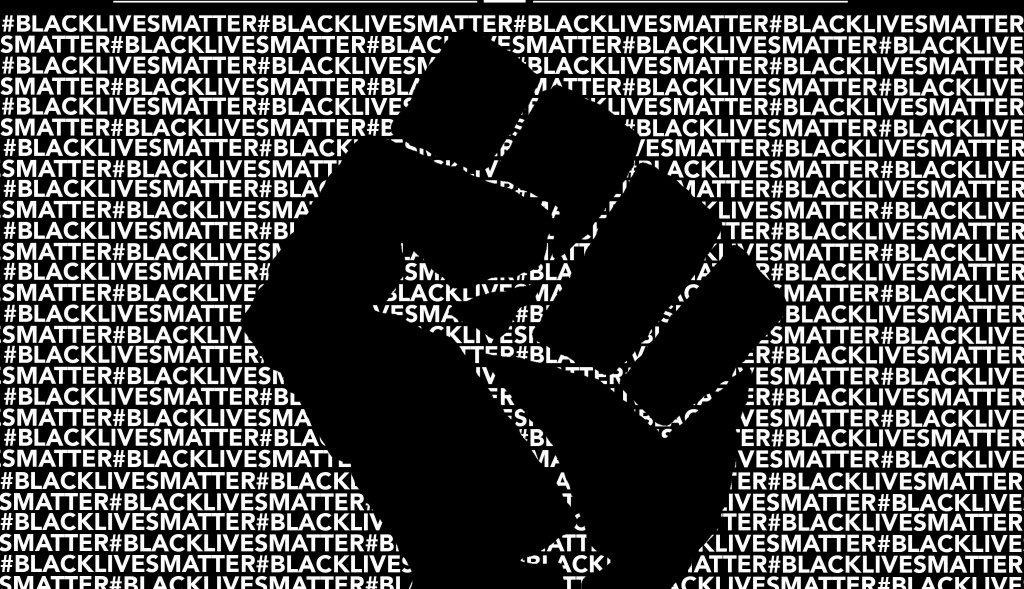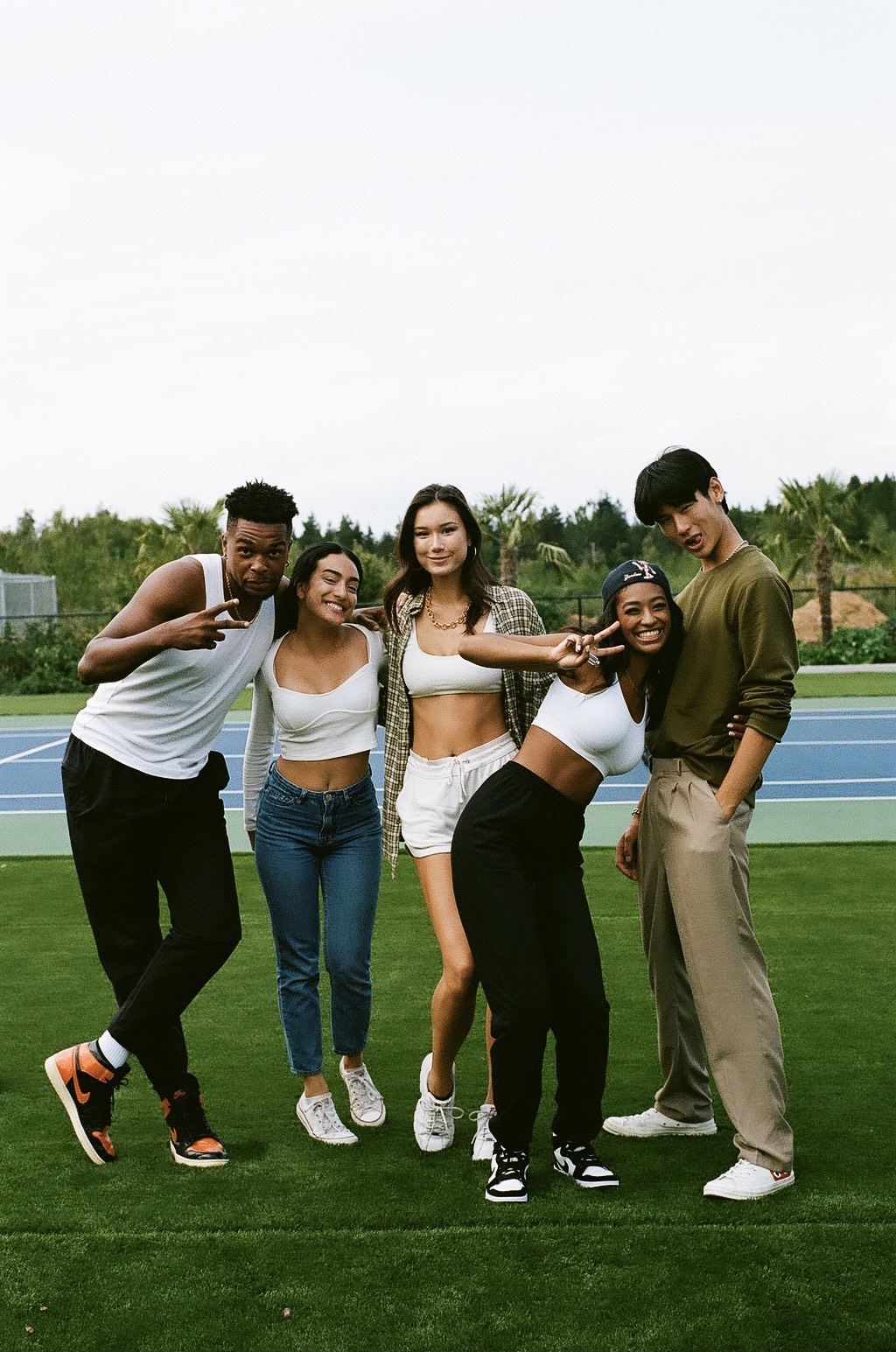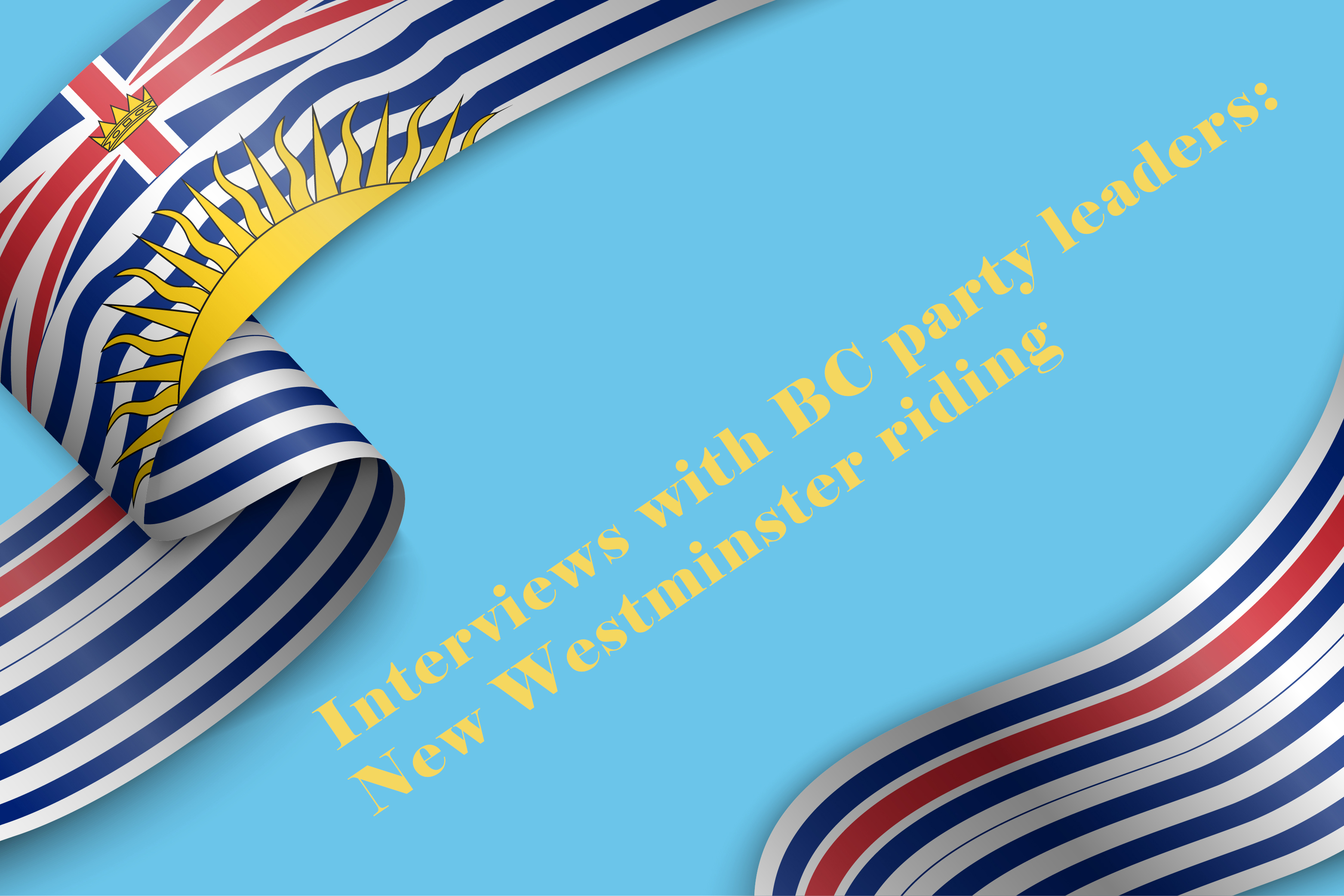
When systemic racism turns fatal
By Cazzy Lewchuk, Opinions Editor
The movement began with Trayvon Martin.
Martin was a 17-year-old black teen who was fatally shot during an alleged struggle by civilian George Zimmerman on February 26, 2012, in Sanford, Florida. He was not carrying a weapon when shot, just a can of Arizona iced tea and some Skittles. Zimmerman was acquitted of any wrongdoing, which caused a public outcry.
It was the first of many highlighted media cases. It continued with Michael Brown, Eric Garner, Freddie Gray, Walter Scott, Jamar Clark, Laquan McDonald, and many more. These names, along with dozens more too numerous to list here, all have one thing in common. They were killed, usually while unarmed and in non-threatening situations, by white police officers or other figures acting in alleged defence, with their deaths sparking a public outcry and protest. Time and time again, the country has failed to provide accountability, charges, or even investigations into the killing of many black individuals. It is a dark and most extreme product of a system that has preserved racial violence since society’s inception.
The movement has been controversial, empowering, divisive, and impactful. It has led to dialogue, protests, riots, and further acts of violence and death. Widely praised and criticized, it has started a renewed conversation about the justice system and race relations in the US and around the world.
#BlackLivesMatter
The original hashtag was coined by Alicia Garza, Patrisse Cullors, and Opal Tometi. All being Black women and community organizers, the three were the first to craft social media posts using the phrase in response to the killing of Martin. While both statements are used in the cause often interchangeably, creating a hashtag out of the slogan has added a major level of awareness to the campaign across social media. It has also been used to spread news of new deaths or protests during the movement, and to express solidarity. Today, if one types in #BlackLivesMatter on Twitter, an emoji of three fists of different skin tones is automatically added, showcasing the website’s own support for the cause.
Many social media pages allow for real-time news to reach an audience of millions quickly, including first-hand witness testimony of actual killings. Someone who sees a friend, relative, or stranger shot by a cop can instantly share details and sometimes even videos of what happened, documenting and reporting the incident.
As with any slogan, merchandise and art has been made to support the cause. Ribbons, buttons, and shirts with the phrase or related phrases also help to popularize the movement. Many professional athletes wore “I Can’t Breathe” t-shirts during practices in 2014, in reference to the last words of Eric Garner, who died of forceful neck compression by police after being stopped for allegedly selling loose cigarettes.
While most supporters welcome anyone who wants to pledge support for the cause, non-members of the community have expressed concerns. The Black Lives Matter Vancouver website states “We want white allies to be able to support us in meaningful ways, but also want them to recognize that allyship is more complex and ongoing than simply wearing a shirt.”
#BLMCanada
Although the vast majority of #BlackLivesMatter activities take place in the US, the movement is global and relevant in many countries. There are chapters based in both Vancouver and Toronto that participate in social justice events, create emblems such as t-shirts and buttons, and organize protests. The Toronto chapter gained attention when they held up the city’s annual Pride Parade until a list of demands were met. Most notably and controversially was the removal of police floats in future parades. Many chapters teach that police historically and continually target minorities, including not just Black people but LGBTQ+ individuals. Such chapters have often been excluded or voluntarily withdrawn from Pride parades as a result of this ideology. The chapter received racist death threats following the disruption, as well as criticism from the media and city officials. The notion of systematic police brutality and its lingering effects, particularly in Canada, remains controversial. Many rightfully argue that racism is less prominent in this country, but it would be an insult to all those who have suffered under its effects to argue that it does not exist.
In Canada, race-based police shooting statistics are not tracked. Black men known to be killed by police in Canada include Jermaine Carby and Andrew Loku. In both cases, the men were alleged to have weapons (a knife and a hammer, respectively), although the exact circumstances of their deaths—and whether they were necessary—remain unclear. There are many other black men who have been killed by police in Canada as well, under varying circumstances.
Due to the lack of data, there is only testimony by victims and their families of police disproportionately targeting black people, including the extremity of lethal force. Many in the community also share their stories of being harassed or intimidated repeatedly by police, despite surviving the encounters more often than their American counterparts. Fatalities are only one of the many ways in which Black people and other minorities are disproportionately affected in the justice system.
#AllLivesMatter
In response to the movement, many people have organized opposing statements, such as “#AllLivesMatter” or the police-heavy “#BlueLivesMatter.”
As stated on the #BlackLivesMatter Vancouver website, #AllLivesMatter “…was created as a statement to reassert the very fact that Black communities are made to feel like they don’t matter. Of course, every single person matters, everyone is important and valuable. But the ways in which society has over and over and over again oppressed Black communities (colonialism, slavery, lynching, segregation, police brutality, racial profiling), is proof that white mainstream society does not value Black lives. By saying Black Lives Matter, what we want you to hear is, ‘Hello, please remember us, please respect us as much as you respect white bodies, please do not kill our loved ones.’ We are not, and have never said, ‘Black lives matter more than or instead of white lives or any other lives.’ By saying All Lives Matter or replacing “Black” with anything else, you are derailing the conversation and further perpetuating anti-Blackness. The All Lives Matter narrative only arose after the Black Lives Matter movement began, so it is an obvious attempt to continually silence Black people when we attempt to take up the space we deserve.”
While the phrase Black Lives Matter has never been used by either Presidential candidate in the 2016 election, Republican nominee Donald Trump did say “All lives matter” to protestors chanting the slogan at a rally, after saying “You’re going to hear it once…”
President Obama summed it up eloquently. “I think that the reason that the organizers used the phrase Black Lives Matter was not because they were suggesting that no one else’s lives matter […] rather what they were suggesting was there is a specific problem that is happening in the African-American community that’s not happening in other communities.”
#SayHerName
An offset of the original movement, #SayHerName focuses on police violence seen as disproportionate to black women, especially ones who are also LGBTQ+. The movement also looks to highlight the struggles and deaths of these women, as their names and stories are often forgotten. It was originally founded by the African American Policy Forum in 2015, as part of a published report on fatalities of Black women by police. It received more coverage after the death of Sandra Bland, who died while in custody in Waller County, TX. Pulled over for a minor traffic violation that escalated, Bland was later found hanged in her cell. Initially ruled a suicide, her death was later investigated and the jail was found to have violated policy in not providing hourly inmate checks. Bland’s family was awarded $1.9 million in a wrongful death lawsuit. The original officer involved was later fired and charged, but did not face any prison time. The exact circumstances of her death remain questioned.
Bland’s tragic story is only one of many suspicious deaths involving Black women who have altercations with police. Gendered violence geared towards Black women includes harassment for sex work, as well as sexual harassment and assault condoned and inflicted by police. The movement does not seek to replace #BlackLivesMatter, but rather looks to practice gender inclusivity and dialogue in highlighting Black female struggles. It is not only the men who are dying at the hands of the police, but they are often the only ones remembered.
#BlueLivesMatter
Many feel that #BlackLivesMatter is anti-police in nature, and that the movement advocates not just distrust but violence against police officers. Several shootings of officers during racially-fueled protests and riots, as well as statements chanted during these protests, have only furthered the controversy. Statistics on whether black people commit more crimes altogether or more crimes against police officers specifically also complicate the situation on both sides. These debates do not necessarily take into account poverty or other factors, like the history of police and their reputation in the specific areas. Racial stereotypes and prejudice cause bias on both ends, further straining reliable data and truth.
While Canadian police officers are frequently held to a higher standard and have less reported instances of unnecessary violence, police brutality remains an issue in this country, and it is even more scrutinized and questioned in the US. Almost every month, there is a new name to add to the list of Black fatalities inflicted by police.
Whatever is leading to the deaths of these individuals, it remains clear something needs to change.



